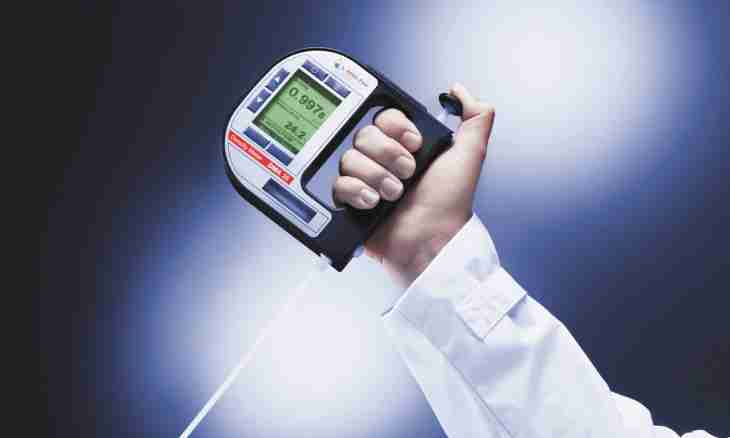What is viscosity? This term is understood as ability of liquid or gaseous substance to show resistance to the external influence seeking "to move" one its layer concerning another. The more this resistance, the, respectively, more viscous is substance. Such examples constantly meet in life, for example, vegetable oil much more viscous, viscous, than water. How it is possible to measure viscosity? For this purpose there is the whole class of devices - "viscometers".
It is required to you
- - a vessel in the form of a cylinder in which wall there is "nose";
- - thin and long glass capillary;
- - rubber tube suitable to "nose" and capillary;
- - support eminence under a glass with "nose" (for creation of height differences);
- - capacity for collecting liquid;
- - exact ruler.
Instruction
1. Example: measure coefficient of dynamic viscosity by means of Poiseuille's viscometer. For this purpose connect to the help rubber (or another flexible polymeric) tubes the capillary and a vessel which is on a support. Previously measure by a ruler (better metal) capillary length, result write down under index l. A free tip of a capillary arrange over reception capacity (better laboratory, graduated).
2. Carefully fix it, for example, having tied to a support, and measure a metal ruler height of a free tip of a capillary over a table. After that write down result under index h.
3. Then pour a number of the studied liquid in a vessel. Measure by a ruler liquid level height over a table, write down under h1 index. The fact that several tiny drops of liquid will manage to flow down in capacity through a capillary – not terribly; its level in a glass will go down so slightly that it will practically not affect the final result.
4. After that note time. Wait until liquid level in a glass significantly decreases. Again note time. Write down time difference under index t.
5. Further measure by a ruler the total height of level of liquid over a table, write down under h2 index. Remove a glass with a capillary.
6. With the help risok on a wall of the graduated capacity, define amount of the flown-down liquid. Write down result under index V.
7. Calculate coefficient of dynamic viscosity on a formula: 3.14ρgd4t (h1 + h2 - 2h) / 256Vl, where g – acceleration of gravity, ρ – density of liquid, d – diameter of an opening of a capillary.

